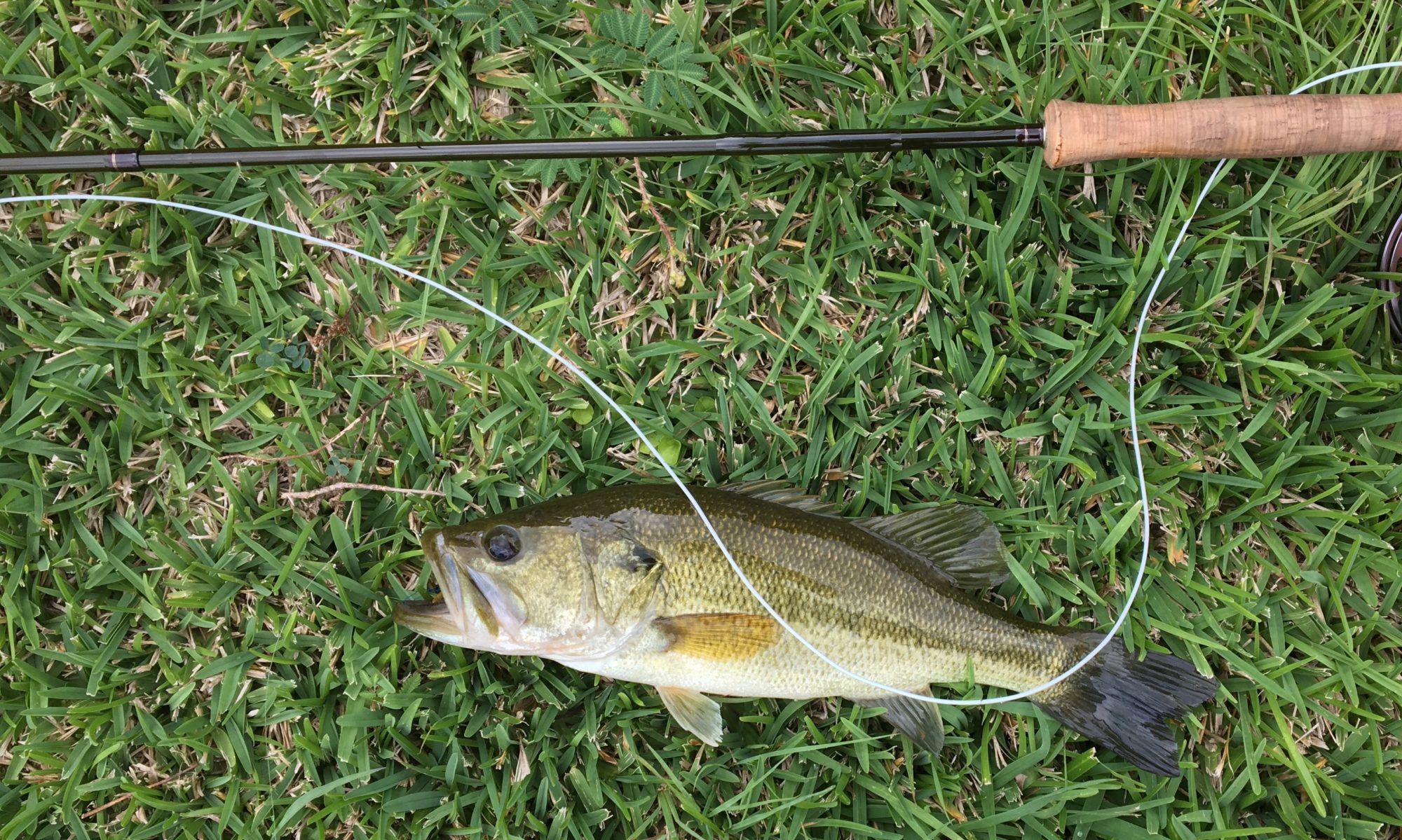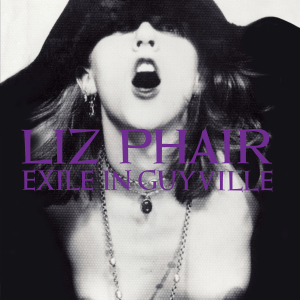One night last week I woke up in the middle of the night and checked the Washington weather. There were flood warnings again on the Queets and Hoh Rivers. The next morning the Queets was over 13.5 feet, and running at over 15,000 cubic feet per second. I gather that flows below 4,000 cfs are considered safe for wading, so flows of 15,000 . . . Probably not. We were supposed to fish the next day, but we went sightseeing instead.
Meantime that day it was 46° in Quinault, Washington, and 37° in Houston. I didn’t run that morning in Houston; I might have in Quinault.

On social media I viewed a succession of snow pictures from friends in the Texas Panhandle and Vernon and Dallas, which all-in-all were more interesting than the news about the failed Iowa caucuses and the impeachment vote. On a lark I checked the temperatures through the Great Plains. That morning it was 16° in Vernon, Texas, 19° in Wichita, Kansas, 16° in Omaha, and 16° in Fargo, North Dakota. I hope my friends in Vernon were warm. It’s been 45 years since I left there, and I can still remember both the bitter Plains winds and the excitement of a cold, still morning when the earth was covered with snow.

That night Jack called from The Evening Hatch to warn us about what we already knew, that the rivers were blown out for Saturday, but Sunday and Monday might be better. I told him I could get in plenty of guitar practice on Saturday. He said good attitude. I didn’t tell him that attitude was fine but that what he should really wish for was a better guitarist.
Getting ready for our trip to Washington I read some stuff by Washington State writers. I didn’t reread Trout Fishing in America, but Richard Brautigan was from Spokane. It’s the only Washington State book I ran across that was arguably about fly fishing, but I’d just re-read it two years ago when I started this exercise. I googled its genre because I figured Tom Robbins, a Seattle writer, was similar, and it might give me some insight into their mix of 60s sexual adventurism, improbable plots, and moral superiority. Magical realism came to mind, but I figured magical realism had to be South American, then I saw Robbins and Brautigan described as magical realists. As far as I can tell Washington State is decidedly not in South America, so maybe I was wrong.

But I also found their work described as Fabulism, which description I really liked, mostly because I initially mispronounced it “fab” as in “Fab Four,” and for me every good impulse in the 60s is summed up in the Beatles. Even if I didn’t exactly like Brautigan or Robbins or even the 60s. On reflection though I figured out it was Fabulism as in fable not Fabulism as in Fab Four, and that made more sense: these books are fables, adult fairy tales with lots of sex but still a moral. I suspect though that the moral is that having sex with the author is a good thing. Honestly, if all young male achievement is driven by the desire for sexual partners (and any male who doesn’t at least suspect that isn’t being entirely honest), Brautigan and Robbins may be the most honest writers ever, even if reading them’s a mixed bag, and if honesty by a fiction writer isn’t quite the point.
I remember pretty vividly the last time I read Tom Robbins, in 1976. The book was Another Roadside Attraction, and I remember the couch I was on and the room I was in when I read it, but I don’t remember anything about the novel itself. This time I tried to read Robbins’ memoir, Tibetan Peach Pie, which made me think of Robbins as the enfant terrible who I might have envied a long time ago; I tried to read the book about the sexual adventuress hitchhiker with the big thumb, Even Cowgirls Get the Blues (which happily set off a several-month long binge of Emmylou Harris singing in my head), but I got bored; and I started his last novel, Fierce Invalids Home from Hot Climates, but I gave up after four pages, when he said a moth resembled a clitoris with wings. Sometimes a moth is just a moth.

I only got very far with one novel, his second, Still Life with Woodpecker. It’s about a red-headed terrorist bomber nicknamed the Woodpecker having sex with a red-headed princess from a deposed East European royal family. The usual stuff. Sometimes Robbins can be an interesting observer: “That is why virtually every revolution in history has failed: the oppressed, as soon as they seize power, turn into the oppressors, resorting to totalitarian tactics to ‘protect the revolution.’ That is why minorities seeking the abolition of prejudice become intolerant, minorities seeking peace become militant, minorities seeking equality become self-righteous, and minorities seeking liberation become hostile . . .” Mostly though he’s only the enfant terrible: “And, of course, Bernard, as all men, carried around in his trousers the most renowned redhead of all—characteristically funny and dangerous.”
I don’t know whether I’ll finish “Still Life,” but I will recognize that woodpecker is certainly a double entendre, which is a lot of what you need to know about Tom Robbins.

The first 100 pages of Maria Semple’s Where’d You Go, Bernadette, may be the best travel guide to a city, Seattle, I’ve read. Early in the book Bernadette rants off-and-on about Seattle, and her rants describe the architecture, restaurants, rain, private schools, behavior, blackberry bushes . . . all the things that a good description would tell about a city. Bernadette is a bit of a Fabulist as well, and maybe that’s characteristic of a lot of post-WW II literature. But if Robbins’ characters achieve fulfillment through sex, Bernadette is surprisingly chaste: she only achieves fulfillment when she hitchhikes to Palmer Station in Antarctica and signs on to design the new South Pole station. Does that make it a women’s book? It does make me suspect that Maria Semple is built differently than Tom Robbins, and one is certain that Bernadette doesn’t have abnormally large thumbs, nor does she need them.
“They were young and scruffy, like they could all have worked at REI . . .” Was there ever a more Seattle-ish description of anything.
Gunderson’s Snow Falling on Cedars is as far from Fabulism as it gets. It’s a lovely book, with a flaw, but still lovely, slow and descriptive, evocative of a place and unforgettable. It is a story about a death that might be a murder, an accused the reader suspects is wrongly accused, and a moral dilemma for a damaged man. It is a story about a moment in time, post-World War II, when pride in the community mixes with guilt over the treatment of neighbors and friends: the Japanese internment, and the place of the Japanese Americans in the post-war community. It’s a book about a small town, an island in Puget Sound, and people who at their best are careful, deliberate. Their island demands it. The flaw—the accused’s silence—is explainable if not entirely convincing, but then the novel would have been profoundly different if he’d told his story early, like how you can’t have The Adventures of Huckleberry Finn if there were a realistic ending.
There’s a good movie version, that looks just like the book reads.
If I recommended a single book about the Pacific Northwest it would probably be Timothy Egan’s The Good Rain, and if I were to recommend a single book about the Texas and Oklahoma plains it would probably be Egan’s The Worst Hard Time. The Good Rain is an older book now, published in 1990, but Egan told me that I was going to a place where the best descriptions might be green, rivers, Pacific, mountains, logging booms and busts, and drip, drip, drip. For Oregon and Washington Egan talks about the right stuff, the history of the place, the natural world, and the people who could only come from there. The book holds up well.

Post script: there was an moment when we were driving through the Olympic Peninsula, re-listening to The Good Rain in the car, and Egan was describing the road we were on. Good timing.































